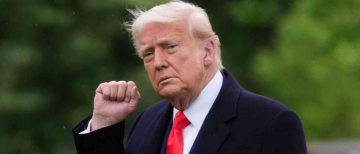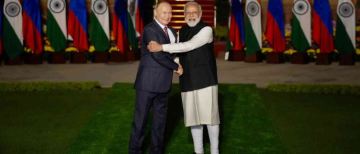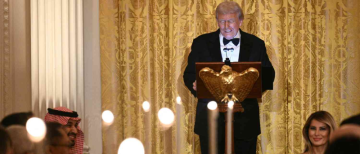In a high-stakes Oval Office meeting on Monday, former US President Donald Trump hosted Israeli Prime Minister Benjamin Netanyahu in Washington DC, marking a pivotal moment in Middle East diplomacy. Their conversation spanned urgent geopolitical issues — from Iran’s nuclear ambitions and the escalating Gaza conflict to rising trade tensions and Trump's provocative vision for a post-war Gaza.
This meeting — the first by a foreign leader following Trump’s sweeping global tariff announcements — not only revealed new alignments and frictions but also underscored how US-Israel relations are evolving under Trump's transactional diplomatic style.
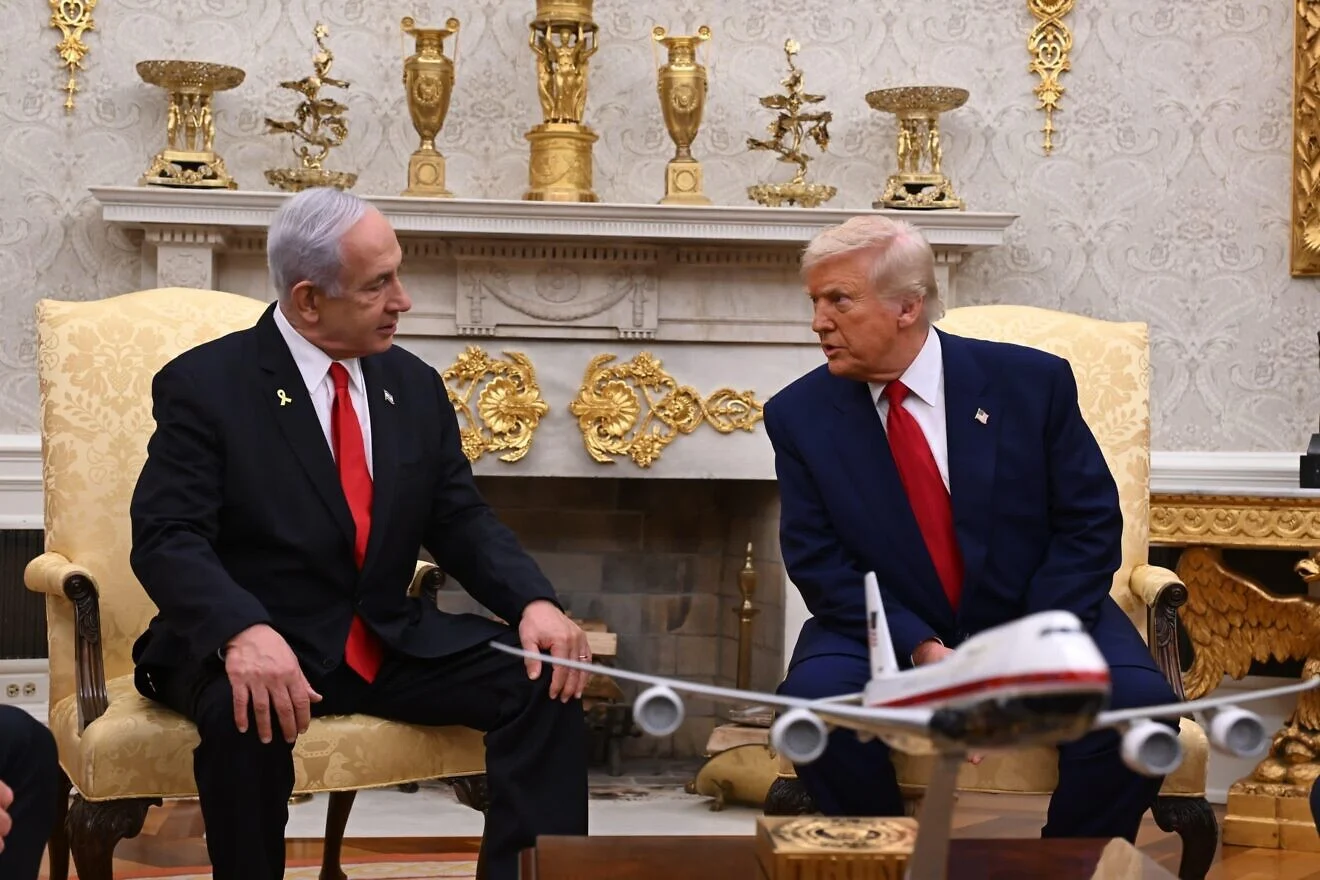
1. Iran Nuclear Talks to Begin Saturday: ‘A Bad Day for Iran’ if They Fail
In a significant development, Trump revealed that the United States would begin direct, high-level nuclear talks with Iran on Saturday. This announcement marks the first direct diplomatic engagement with Tehran during Trump’s second term.
Key Points:
-
Trump’s Warning: “If the talks aren’t successful, I think it’s going to be a very bad day for Iran.”
-
Delegation Details: Trump called it a “high-level” delegation but did not disclose names or the location.
-
Diplomacy vs. Force: Trump emphasized that diplomacy was preferable but hinted at potential military action if talks fail.
-
Netanyahu’s Position: Publicly, Netanyahu expressed support for diplomacy to prevent a nuclear-armed Iran. However, behind closed doors, he has reportedly lobbied the US for military strikes on Iranian nuclear facilities.
-
Iran Responds: Hours after Trump’s announcement, Iranian Foreign Minister Abbas Araghchi clarified that only indirect talks were planned in Oman, writing, “The ball is in America’s court” on X.
“We share the same goal — preventing Iran from obtaining nuclear weapons,” Netanyahu said, echoing cautious support for the diplomatic track.
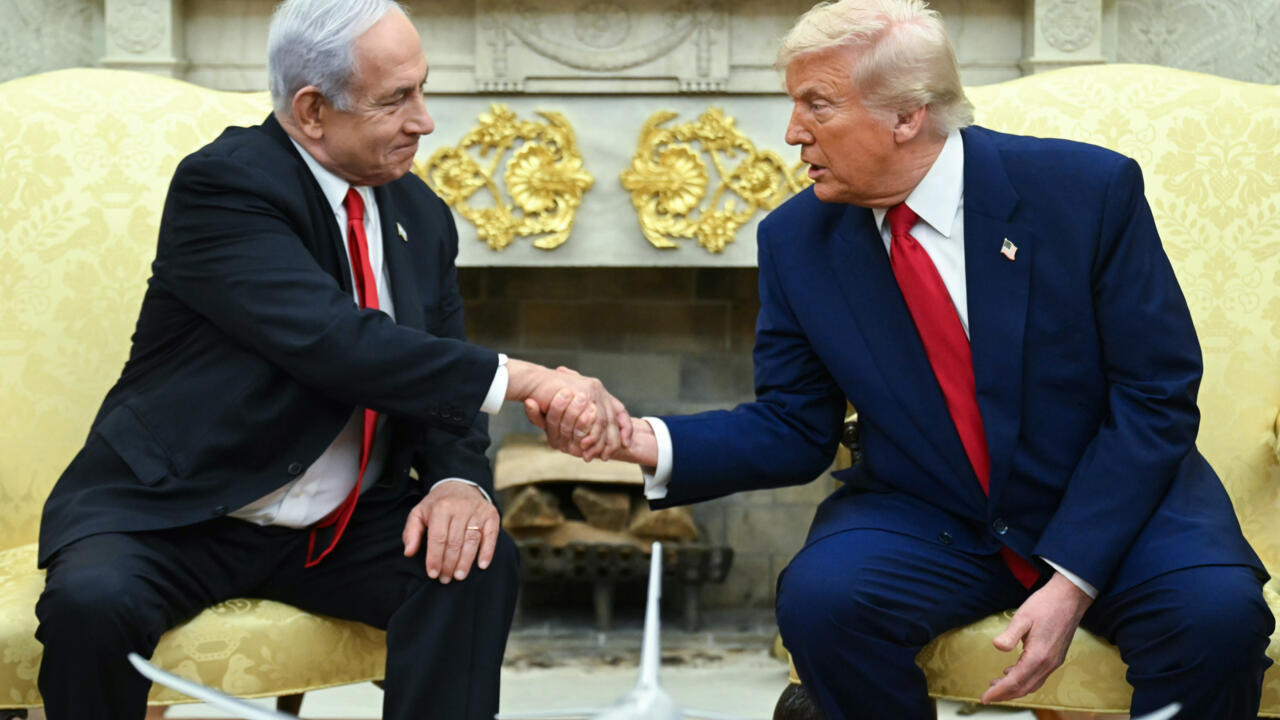
2. Gaza Crisis: Ceasefire Talks, Hostage Negotiations, and Trump’s Gaza Relocation Plan
With the Gaza conflict entering another deadly phase, both leaders addressed the deteriorating humanitarian crisis and the push for another ceasefire.
Ceasefire and Hostage Talks:
-
Previous Ceasefire: A truce in January enabled a partial hostage release but collapsed, prompting resumed Israeli military operations.
-
Current Situation: Over 50,000 Palestinians have died since Israel's war began following Hamas’s October 7 attacks, which killed 1,200 and resulted in 251 hostages.
-
Trump’s Focus: Trump confirmed that the US was actively working on a new ceasefire with Hamas and aimed to secure the release of 59 hostages, including 22 Israelis and US-Israeli citizen Edan Alexander. “We’re looking at another ceasefire. We’ll see what happens. But we want to get the hostages out.”
-
Hostages Still Held: 59 hostages remain, including 22 Israelis and US-Israeli citizen Edan Alexander.
-
Netanyahu’s Dual Objective: Netanyahu reaffirmed Israel’s goals of eliminating Hamas and rescuing all hostages taken during the October 7 attacks.
“We’re working now on another deal that we hope will succeed,” said Netanyahu, leaving room for expanded diplomatic collaboration with Washington.
Trump’s Vision for Gaza:
In a striking statement, Trump proposed that the United States should control and “own” the Gaza Strip, calling it an “incredible piece of important real estate.”
Specific Proposals:
-
US Peace Force: He referred to Gaza as “an incredible piece of important real estate,” suggesting that a US peacekeeping force could bring stability.
-
Palestinian Relocation: He also proposed relocating Gaza’s 2 million Palestinian residents to other countries, claiming — without evidence — that “plenty of countries” would welcome them.
-
Reactions: This idea was swiftly condemned by Arab allies, including Egypt and Jordan, who rejected the idea of resettling Palestinians on their soil. Critics argue that such proposals are unrealistic and echo historical notions of ethnic cleansing.
“Palestinians would be resettled in safer, more modern communities,” Trump added, emphasizing this could happen “without boots on the ground.”
Netanyahu’s Response:
Though Netanyahu did not endorse Trump’s Gaza vision outright, he described the idea as a “bold vision” and indicated that the two had discussed it in private. This suggests some level of behind-the-scenes coordination on post-war Gaza governance, even as international consensus favors a return to Palestinian Authority control — a solution Israel has so far rejected.
Trump’s Take on the Gaza War: ‘The War Will Stop’
When asked about the ongoing Israel-Hamas war, Trump offered vague optimism but no concrete plans.
“I’d like to see the war stop, and I think the war will stop at some point, that won’t be in the too-distant future,” he said, sidestepping whether he would follow through on campaign promises to end the conflict.
He described hostage negotiations as “a long process” but reiterated hopes for a resolution.
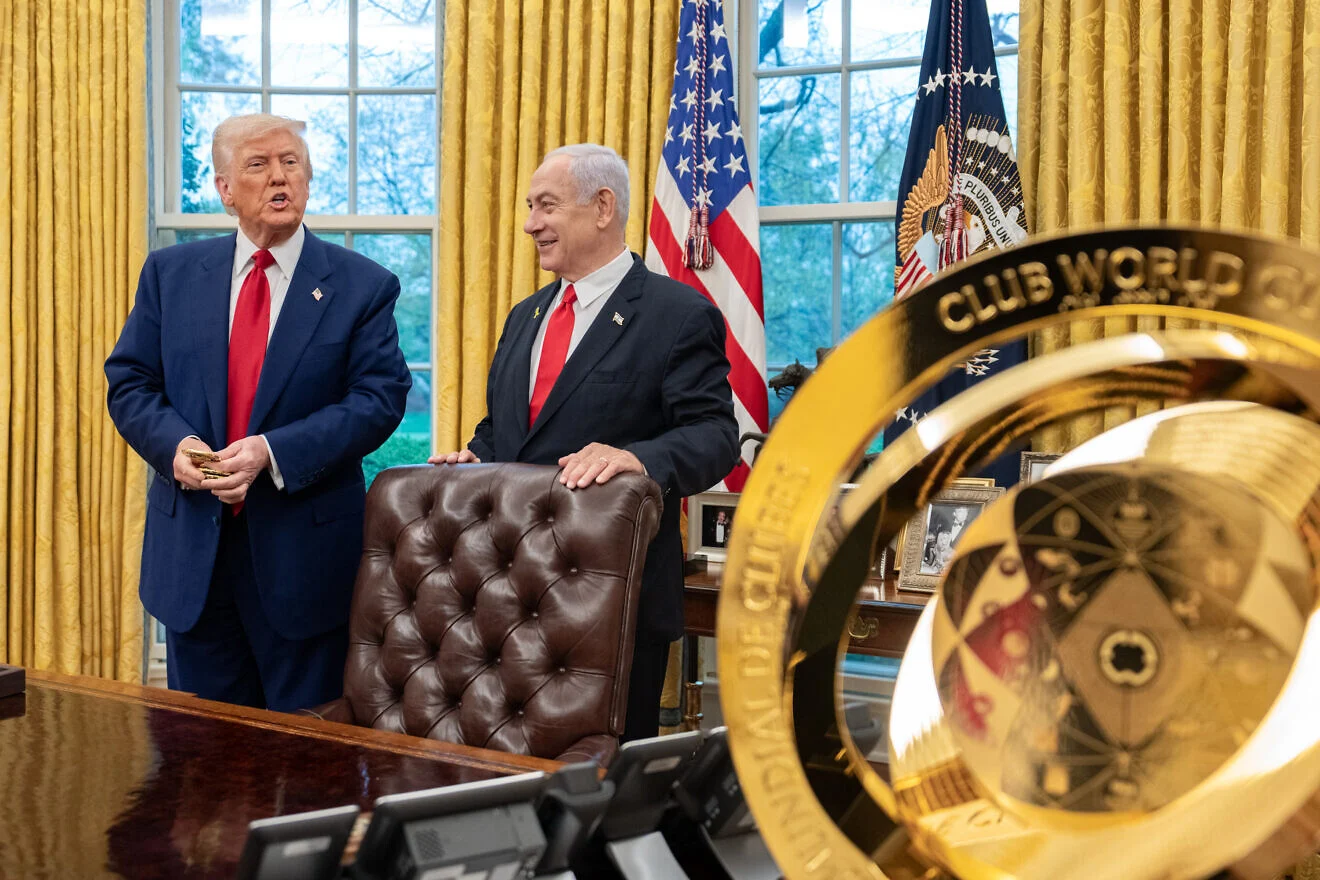
3. US-Israel Trade Tensions: Tariffs, Deficits, and Military Aid as Leverage
Trump’s newly introduced 17% reciprocal tariffs on Israeli goods were a point of contention during the meeting.
Netanyahu’s Trade Agenda:
-
Eliminate Deficit: “We will eliminate the trade deficit with the United States. We intend to do it very quickly.”
-
Remove Barriers: “We’re going to also eliminate trade barriers that have been put up unnecessarily.”
Trump’s Response:
-
No Promise to Lift Tariffs: “Maybe not,” he quipped.
-
Military Aid Reminder: “Don’t forget, we help Israel a lot. We give Israel four billion dollars a year, that’s a lot… Congratulations, by the way, that’s pretty good.”
-
Bigger Trade War Picture:
-
Trump reiterated threats to raise Chinese import tariffs to 54% in retaliation for Beijing’s 34% tariff on US goods.
-
Russia was exempt from the new tariffs to preserve ceasefire negotiations in Ukraine.
-
Ukraine, however, was hit with a 10% export duty despite being a US ally.
-
White House economic adviser Kevin Hassett defended exempting Russia: “It’s inappropriate to conflate trade with ceasefire discussions.”
-
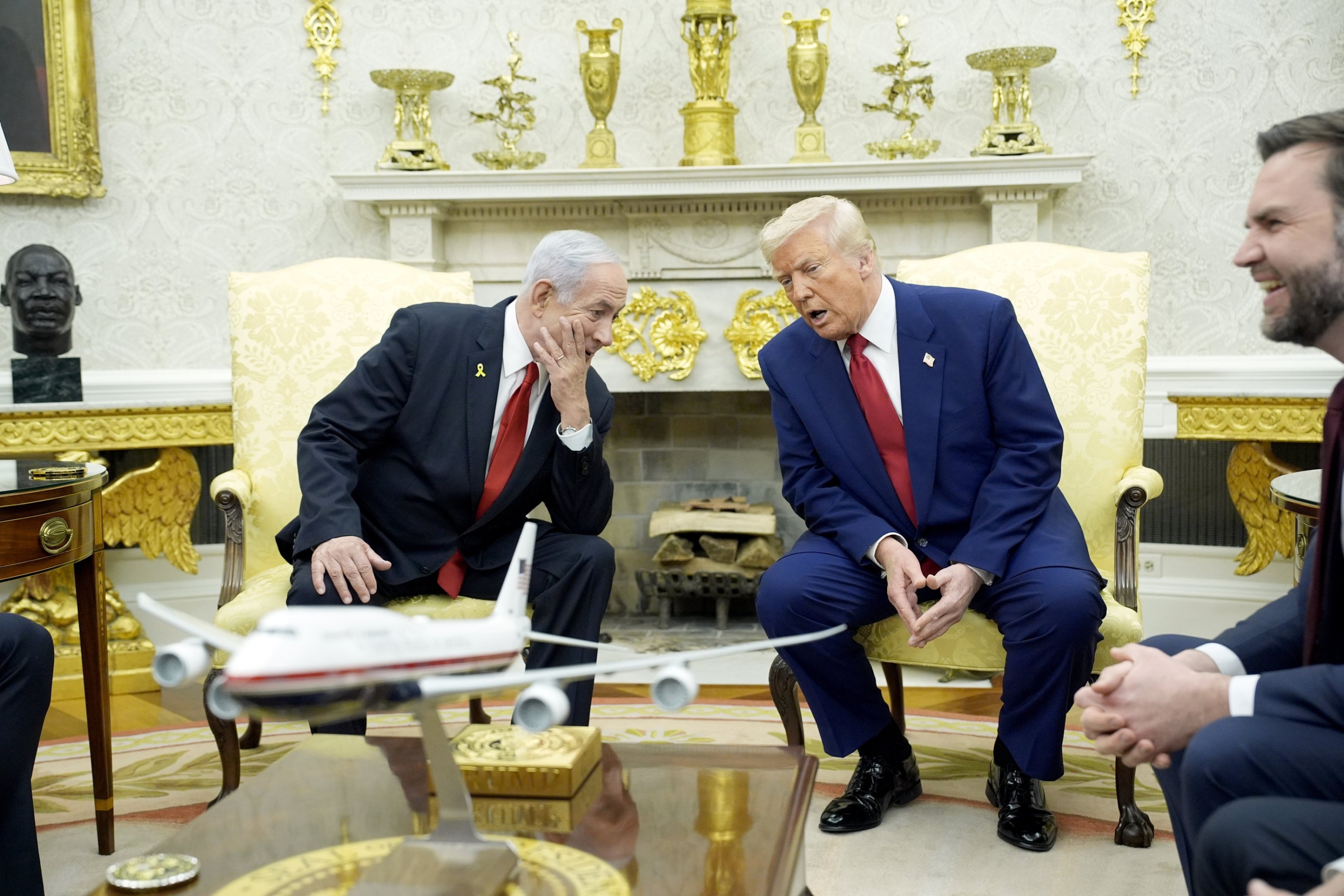
4. Turkey-Israel Tensions: Trump Offers to Mediate
Netanyahu expressed deep concern over Turkey’s growing role in Syria, specifically Ankara’s backing of a transitional government that includes Hayat Tahrir al-Sham, a group the US designates as terrorist.
Trump’s Mediation Offer:
“Any problem that you have with Turkey, I think I can solve… We have to be reasonable,” he said, referencing his close ties with Turkish President Erdogan.
Netanyahu’s Support:
“We can’t have a better interlocutor than the president of the United States.”
This reflects Israel’s trust in Trump to mediate growing Turkey-Israel tensions, especially after recent Israeli airstrikes targeted Syrian airbases hosting Turkish troops.
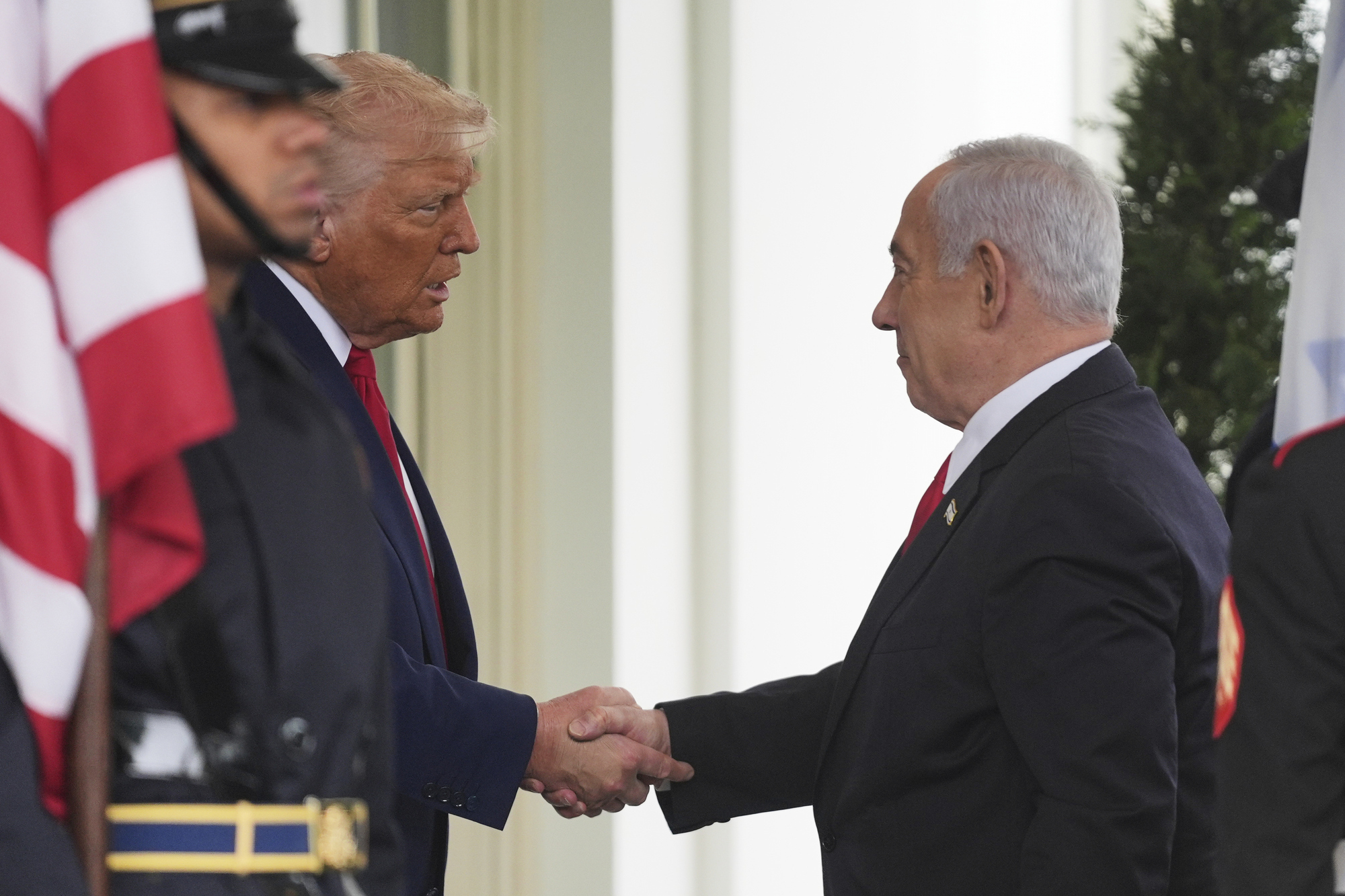
5. Russia-Ukraine Conflict: Frustration with Bombardments
Although it wasn’t the meeting’s primary focus, Trump addressed the escalating violence in the Russia-Ukraine conflict.
-
Current Status: Despite US-brokered ceasefire efforts focusing on energy infrastructure and Black Sea shipping lanes, Russia has intensified bombing campaigns.
-
Trump’s Reaction: “They’re bombing like crazy right now… that’s not a good situation.” Trump said, expressing frustration over the lack of progress.
-
Tariff Strategy: Trump exempted Russia from tariffs to avoid undermining negotiations but imposed a 10% duty on Ukraine — a decision that raised eyebrows among allies.
A Transactional Turn in US-Israel Relations
This Oval Office meeting illuminated the new dynamics shaping US-Israel relations. While Trump and Netanyahu showed strong alignment on countering Iran and confronting Hamas, stark differences over trade, Gaza’s future, and regional strategy exposed underlying tensions.
-
Netanyahu’s low-key presence during the press briefing, contrasted with Trump’s assertiveness, highlighted the shifting power dynamics.
-
Trump’s repeated use of aid, tariffs, and diplomatic influence as bargaining chips marked a significant departure from traditional US foreign policy.
A New Era of Foreign Policy?
Trump’s meeting with Netanyahu offered more than just photo ops — it unveiled a potentially radical shift in how the US approaches diplomacy in the Middle East.
From reviving Iran talks and proposing bold (and controversial) Gaza strategies, to using trade as leverage and promising conflict mediation, Trump continues to position himself as a mediator-in-chief with a distinctly transactional worldview.
Whether these proposals evolve into concrete policy or remain rhetorical flourishes, the Trump-Netanyahu summit has already reshaped the geopolitical conversation — one that will reverberate well beyond Washington.
With inputs from agencies
Image Source: Multiple agencies
© Copyright 2025. All Rights Reserved Powered by Vygr Media.











